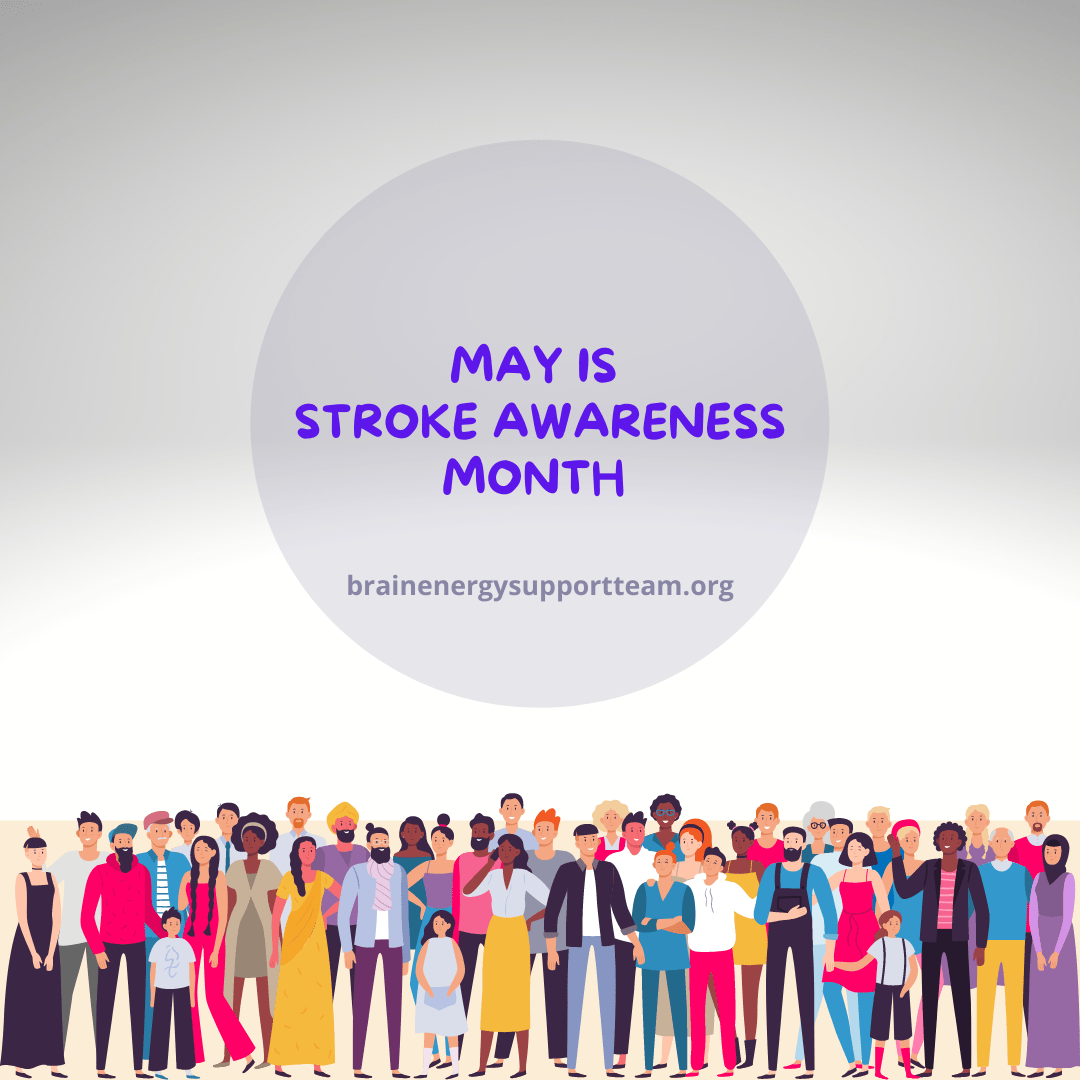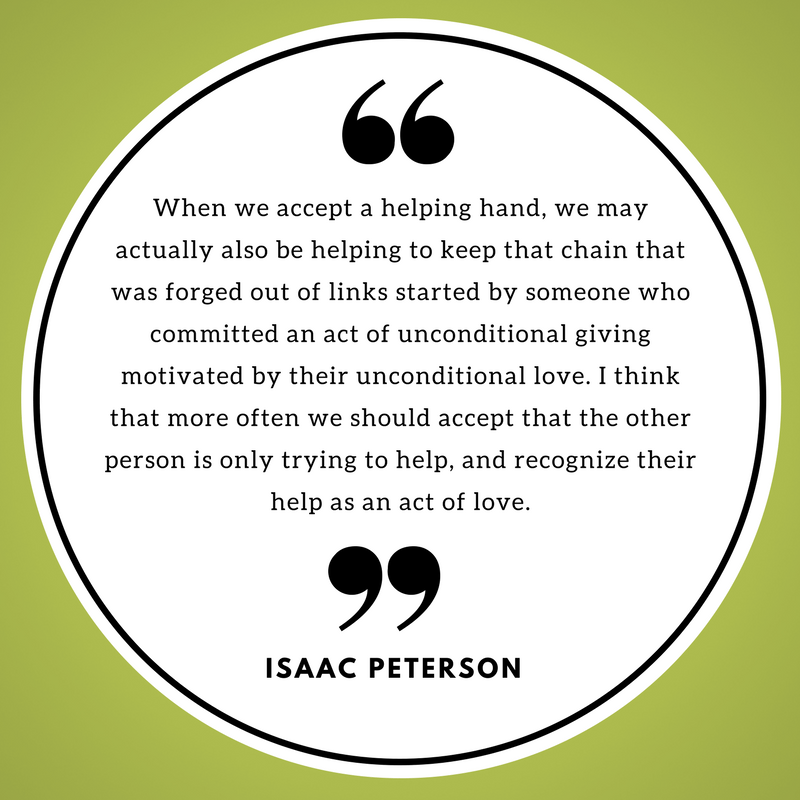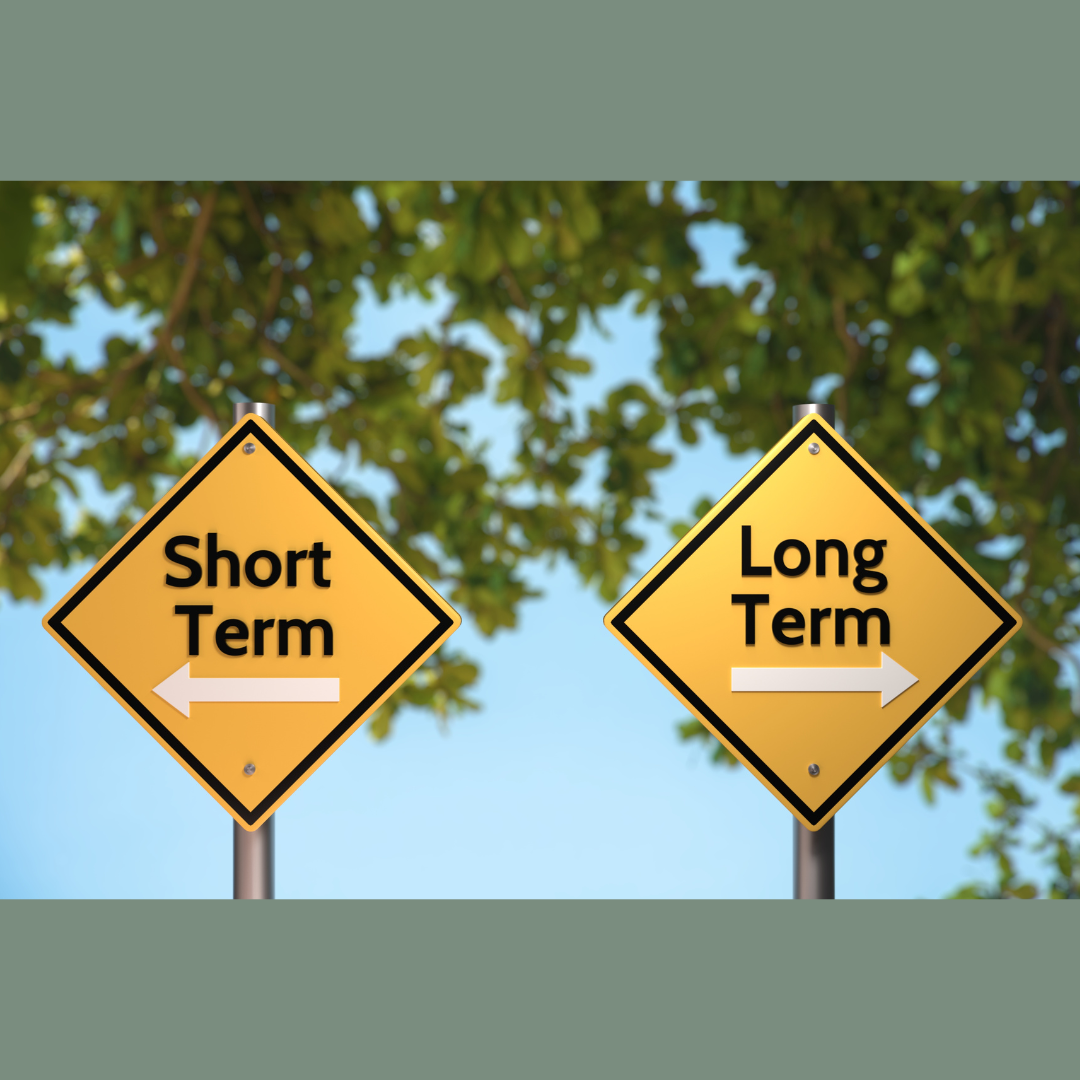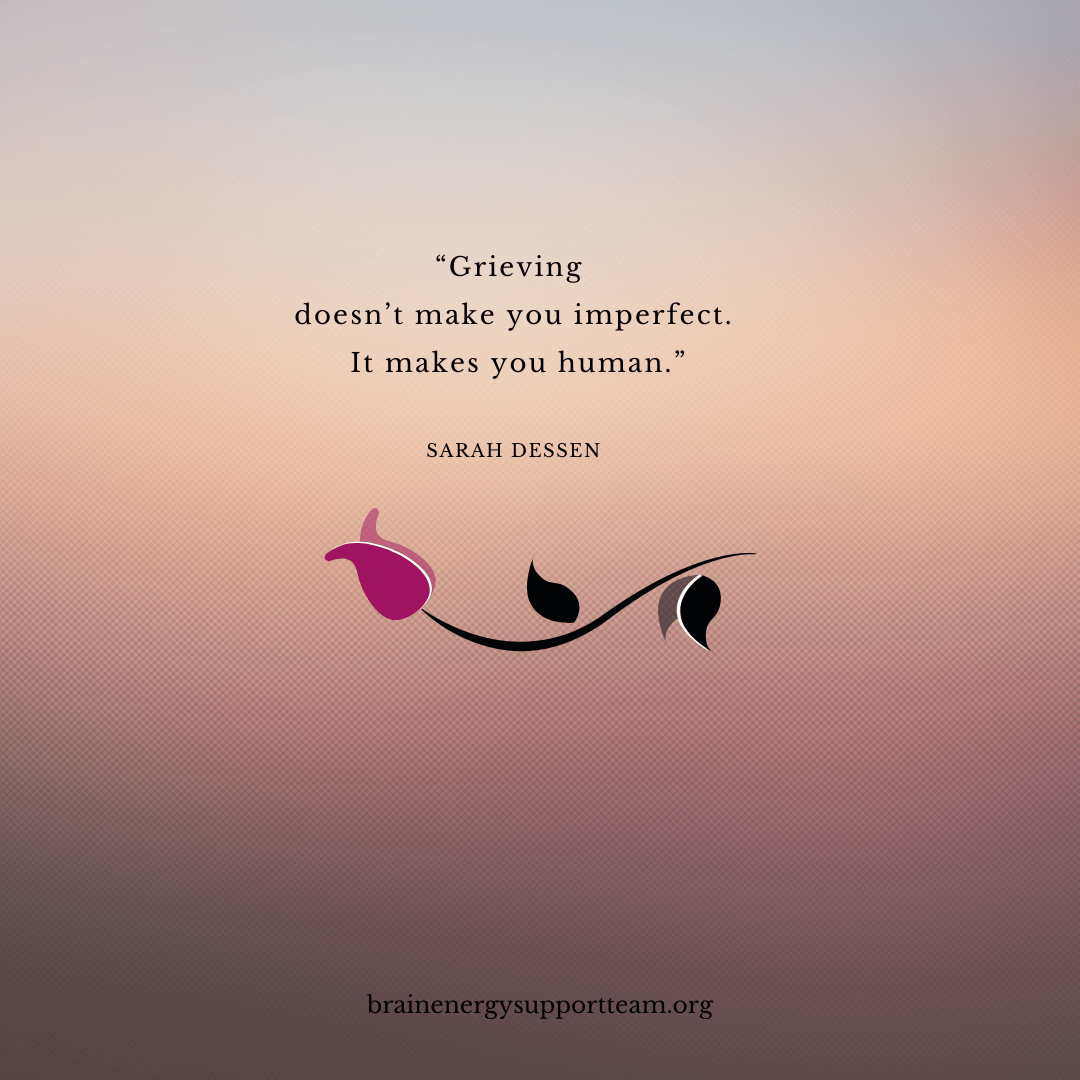(Editor’s note: Writer, BEST guest blog contributor, and stroke survivor, Isaac Peterson, shares some terrific techniques for relaxation, positive imagery and visualization. Thank you, Isaac for these helpful and important tips! KT)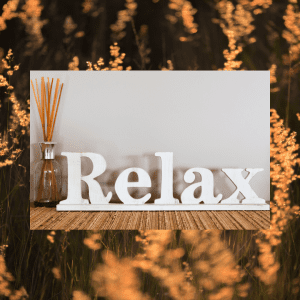
Anyone who has read my writing for any length of time might have picked up that I’m a big believer in positive visualization (or imagery) and how it can help in recovering from a traumatic brain injury (TBI). But I don’t think I ever got around to explaining what I actually mean by it.
Well, I’ll just fix that right now.
But first let’s talk a little about how our brains work. This will be really simple; partly because my understanding is kind of simple. I just know that what I’m about to tell you works.
Let’s start here: the brain works in symbols and images. Whether we realize it or not, when something enters our brains, impressions are formed, often associated with a mental image.
The brain often gets compared to a computer, but I think it’s more like the replicators in Star Trek. You tell the replicator what you want and the replicator makes that object. Our brains are like that–one of the things it’s there for is to act on the images it’s been fed, to make those images happen in our lives. One thing that the brain does have in common with computers is garbage in, garbage out (aka GIGO), and what we get back is only as good as what we put in.
I’ll be explaining what I mean by this a little later.
But how do we actually feed our brains the positive images you’re talking about?
The first key is concentration. Everybody knows what concentration is, but I mean something other than what most people think concentration is.
Concentrating is not scrunching up your face and trying real hard. I think of concentration as being more like the frame of mind a child is in when she is sitting, in fascination, watching ants moving around an anthill, or as a personal example, when I was a kid I’d get lost in a comic book.
That’s the frame of mind I’m talking about, the place your mind goes when it shuts out everything but the thing you are focused on.
Every day we enter that level of consciousness just before we fall asleep, or sitting through a boring class or lecture. There is no effort involved.
When we’re at that level, large parts of our thought process is put on the back burner. When we quiet our minds in that way, we slow down the things inside us pushing outward, and make it possible for images or other input to get through.
When there’s less noise pushing to get out, it’s easier for things outside ourselves to get in.
What we’re aiming for is that sweet spot between being fully awake and aware and sleeping. It will take a bit of practice, but it will get very easy to do very quickly. This is the best place to be in to feed your mind positive imagery.
By the way, rather than dwell on the difference between brain and mind, I’ll just be simply using them to mean the same thing, although they aren’t, really.
Along with concentration the other important part of visualization is relaxation of both mind and body.
Relaxation is kind of hard to explain or describe, but we all know the feeling. I look at relaxation as a total quieting down that happens from the inside out, a quiet that washes over both our mind and body.
Now, finally, I’ll outline one way to get there—there is more than one way.
My preferred way is to lie down in a quiet place, one with as little sound, lights or distractions as possible. Close your eyes and take deep breaths, gradually slowing down and taking progressively shallower breaths. While you’re doing it, tell yourself your entire body is relaxing and the tension is melting away. Mentally scan your body from top to bottom and let go any tense feeling you may become aware of. Some people imagine their body as a large balloon getting more and more relaxed as more of the air inside them is released.
Visualize a place you can go that is quiet and serene. It can be a place you’ve actually been to or it can be imaginary—any place will do as long as it’s a place where you can completely relax and experience calm contentment. Many people choose outdoor settings, places like a lake shore or green meadows in the sunlight. The most important thing is that this place works for you and is quiet and calming. My quiet place is by a series of small lakes just outside Yellowstone Park in Wyoming, a place I’ve only physically been to once.
Imagine yourself being transported to your quiet place, any kind of transport. Some people choose to ride on clouds or magic carpets or just floating in outer space—choose a conveyance that works for you. You can just imagine yourself teleporting there or just magically appearing if you like.
When you are in that quiet place, imagine yourself walking around in it, feeling the grass, the cool breeze on your face (if those things exist in that place), smelling the smells, hearing the sounds–anything that allows you to experience your quiet place as completely as possible. Feel yourself relaxing and experiencing total contentment with no worries or concerns. Stay there as long as you want to or need to. There is no time limit, and in fact, you’ll probably not even be aware of time passing.
You don’t want to actually go to sleep, although you may the first time you do this exercise. Don’t worry about it if that happens; it just means you succeeded in relaxing. You will get better at settling into that zone between awake and asleep. It’s actually not a zone that’s hard to get to—to test it, once when I had my arm in a blood pressure cuff, I was able to lower my blood pressure a few points just by thinking about it.
Now’s the time to get into creating the kind of positive images of what you want to have in your life.
Fix a picture of what you think it will look and feel like when you’ve achieved your goal. If your goal is to lose weight, for example, form images of yourself with less food on your plate than usual. Imagine yourself looking the way you want to look and feeling good about what you see (it’s possible to feed your mind feelings as well as images).
When you make these images for yourself, do not include what you don’t want, only what you do want to happen. For example, if you’re trying to quit smoking I recommend not seeing yourself putting out a cigarette. Whatever you tell your brain/mind is what it will work to bring about. It doesn’t make distinctions about whether what you tell it is good or bad—just like the Star Trek replicators, it’s only there to make happen what you input.
In the smoking example, it’s hard to come up with images of not smoking, when you come down to it. I recommend focusing on the results and benefits of not smoking instead. You can sabotage your efforts on including images of what you don’t want to have in your life.
I’ll conclude here. Give it a shot and let me know how you did or if you have any questions.
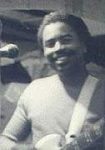
Isaac Peterson grew up on an Air Force base near Cheyenne, Wyoming. After graduating from the University of Wyoming, he embarked on a career as an award-winning investigative journalist and as a semi-professional musician in the Twin Cities, the place he called home on and off for 35 years. He also doesn’t mind it at all if someone offers to pick up his restaurant tab. Peterson also welcomes reader comments. Email him at isaac3rd@gmail.com.

